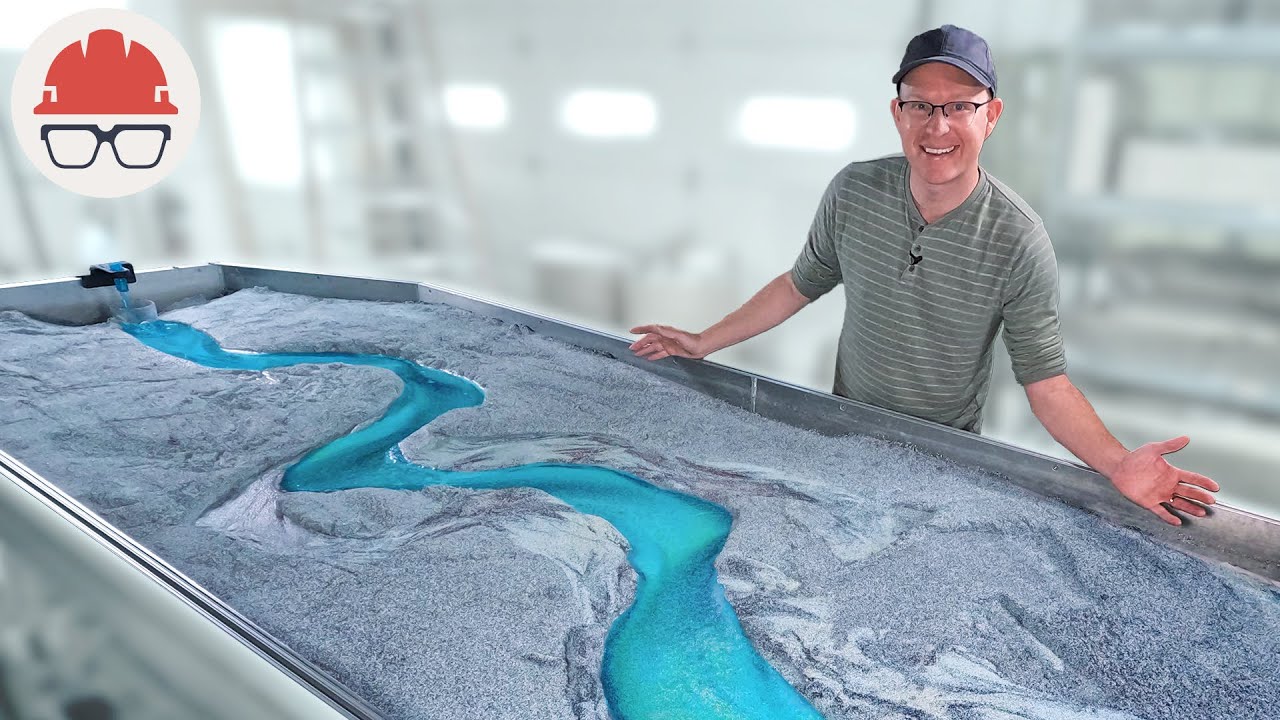Why Rivers Move
Unleash Your Creative Genius with MuseMind: Your AI-Powered Content Creation Copilot. Try now! 🚀
If you ever find yourself captivated by the serpentine journey of a river, you're not alone. The Mississippi River, for example, with its complex history, has been the subject of intrigue and fascination for centuries. But beneath the surface, beyond its aesthetic charm, lies a remarkable world of fluvial geomorphology, the science behind the shape of rivers. In this journey through the meandering landscapes of rivers, we'll unveil the intriguing secrets of their ever-shifting courses.
The Dance of the Mississippi
In 1944, the legendary geologist Harold Fisk crafted a map of the Mississippi River that transcends conventional cartography. It's a snapshot not only of the river's 1944 path but also a historical record of its millennial meandering. However, this winding course, which native Americans dubbed the "Father of Waters," presents a formidable challenge. Not only does it affect those living near its banks, but it also plays a vital role in transporting goods across the United States. In fact, a change in its course could disrupt the global economy and even spark a food crisis. Over the last eight decades, billions have been spent on infrastructure to tame the Mississippi's wild inclinations, highlighting the ongoing battle between human activities and the dynamic nature of rivers worldwide.
The Subtle Science of River Paths
The subtle art of fluvial geomorphology, often overlooked, is the key to understanding the enigmatic behavior of rivers. It's the study of how rivers shape and reshape themselves over time, and it's a tale of four fundamental variables: flow, sediment, sediment size, and stream slope. Together, they dance in a delicate equilibrium, a harmony that even the most accomplished mathematicians may envy. And here, the beauty lies in the simplicity of Lane's equation, which states that the product of water flow and stream slope is proportional to the product of sediment flow and sediment size.
The Unpredictable Nature of Change
What makes river behavior so enchanting is that it defies intuition. You'd expect nature to choose a straight path, the simplest and most cost-effective route for water to flow. However, rivers are artists at heart, and their canvas is the landscape. As we watch a river's course in action, it becomes clear that its process is far from straightforward. It takes us on a journey filled with erosion, deposition, and meandering, revealing the intricate dance between water and sediment.
The Dynamic Equilibrium
Rivers and streams are never at rest. They are in a constant state of dynamic equilibrium. Even when all the factors of sediment transport are balanced, rivers continue to evolve, altering their paths over time. This dynamic equilibrium embodies the essence of rivers – ever-changing, ever-adapting, and always in motion.
Rivers, from the smallest streams to the grandest waterways, are a testament to the creative forces of nature. Their meandering paths, though unpredictable, carry the secrets of our Earth's past and future. While we may never fully unravel their mysteries, our quest to understand their behavior is an endless adventure in itself. So next time you find yourself gazing at a river's elegant curves, remember, beneath the surface, an extraordinary story of balance, change, and beauty unfolds.
